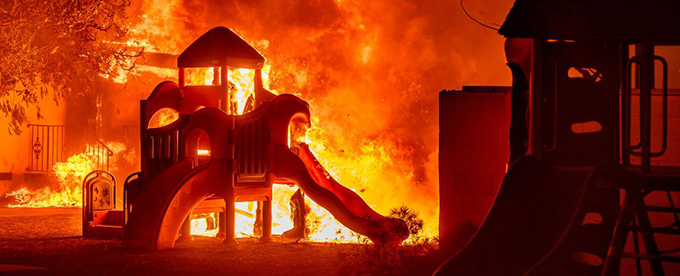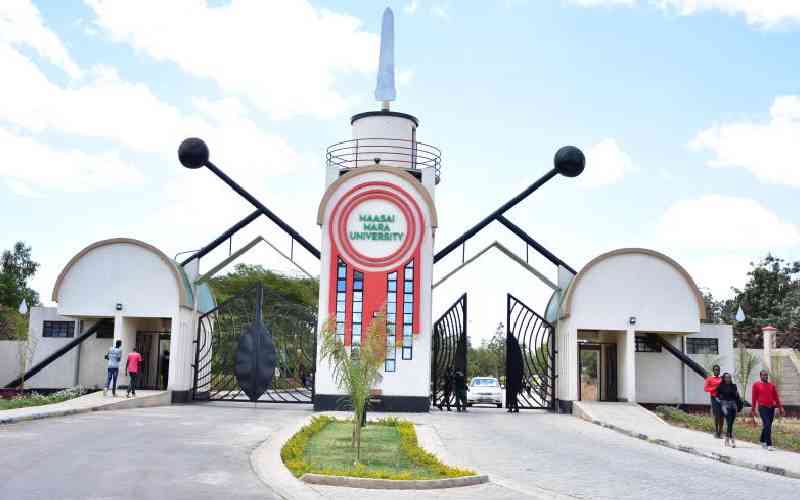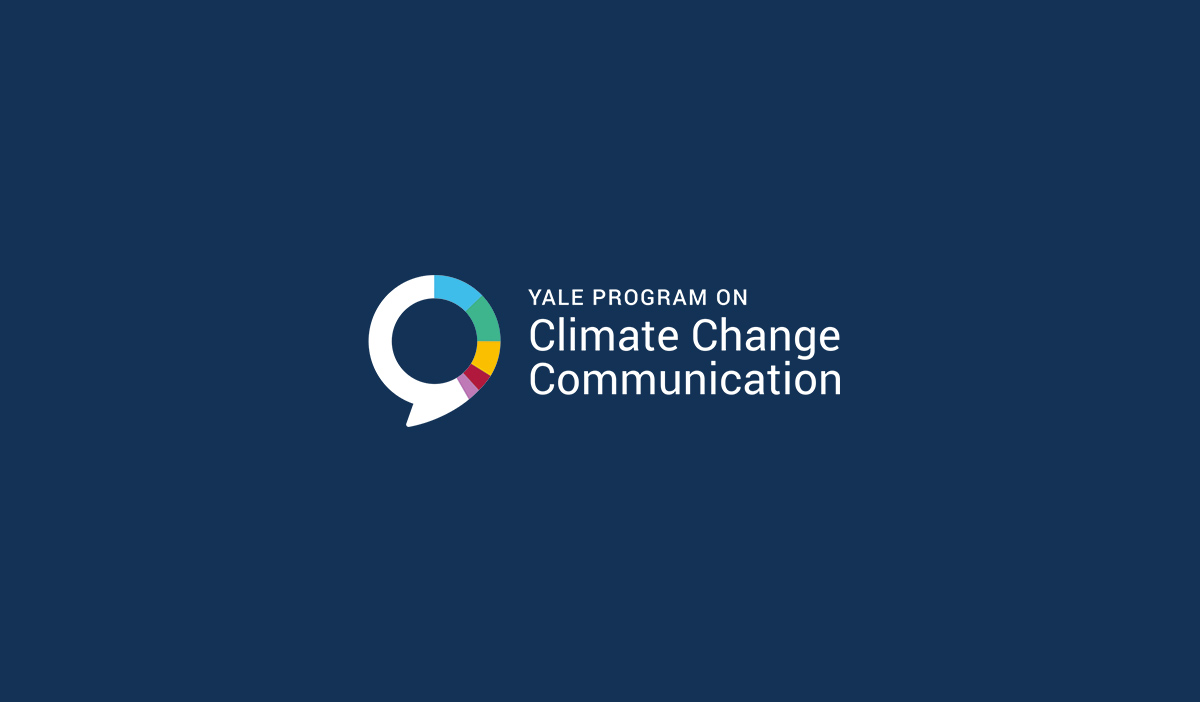Hydroclimatic whiplash, the new face of climate change
 \
\
Just as we had begun to grasp the concept of sixth-generation fires , megafires that are practically inextinguishable, we are now faced with a new concept that seems to apply well to the devastating fires of January 2025 in California.
Although the signal of climate change in these fires is unequivocal, being responsible for conditions around 5°C warmer, 15% drier and 20% windier than usual, it is said that these fires are the result of “hydroclimatic whiplash”.
The noun sums up well the sudden, lightning-fast and brutal nature of the new extreme weather events. The adjective hydroclimatic, on the other hand, emphasizes the important role of water in the new climate.
The magnitude of the California fires was due to the particularly virulent Santa Ana winds and to extraordinarily dry vegetation and soils after a long summer and a rainless autumn.
The storm – suffered mainly in Valencia on 29 October 2024 – was associated with climate change , which made it much more likely and intense . This storm would also fall within the concept of hydroclimatic whiplash, in this case due to record-breaking torrential rains.
Both situations, extreme droughts and torrential rains, are actually two sides of the same coin. The coin is called a warm atmosphere.
This warm atmosphere steals liquid water from ecosystems and stores it as vapour in the atmosphere itself. It is worth remembering that for every degree Celsius of warming, the atmosphere’s capacity to retain moisture increases by 7%.
When conditions for precipitation are met, the quantities of water at stake in an overheated atmosphere are much higher than usual. While these rains arrive, ecosystems and landscapes, whether humanized or not, suffer from severe drought.
Hydroclimatic volatility refers precisely to sudden, large and frequent transitions between very dry and very humid conditions, something that will become increasingly common in regions with a Mediterranean climate.
California is a model for hydroclimatic whiplash . The winters of 2022-23 and 2023-24 brought record rainfall to California, fed by dozens of atmospheric rivers.
Mountain towns were buried under snow, valleys were flooded by rain and melting snow, and landslides occurred across the state.
These deluges were followed by record summer heat and a drought-marked start to the 2025 rainy season. The resulting dry vegetation provided abundant fuel for the series of wildfires that would come in early 2025.
It is precisely this succession of whiplashes that has increased the risk of fires twice over in California. First, vegetation growth increases disproportionately in the months leading up to the fire season, and then it dries out quickly to record levels. But the situation is global.
A recent study employs a metric for this hydroclimatic whiplash based on the standardized evapotranspiration rate of precipitation.
This study found an increase of between 31 and 66% in the global average of short-cycle or sub-seasonal whiplash (3 months), and an increase of between 8 and 31% in long-cycle or interannual whiplash (12 months). All of this using mid-20th century values as a reference.
All models estimate further increases in these whiplashes with ongoing warming.
Those land regions that warm by 3ºC or more compared to the pre-industrial era (remember that we are already around 1.5ºC of average warming) will experience increases in subseasonal whiplash of 113% and in interannual whiplash of 52%.
These changes are greatest at high latitudes and increase from North Africa towards East and South Asia. There is considerable evidence linking these increases to atmospheric thermodynamics, that is, to the increasing water vapour holding capacity and potential evaporative demand of an increasingly warm atmosphere.
Increased hydroclimatic volatility will amplify the dangers associated with rapid swings between wet and dry states, including flash floods, forest fires, landslides and disease outbreaks.
These increasing risks require a change in water management , combining prevention and management of risks associated with both drought and flooding.
Surplus water from torrential rains cannot be discarded. Even if natural systems are not able to retain it, ways must be devised to bring it into the subsoil or store it so that it is available for the drought that will soon take hold.
In the medium and long term, it is clear that it is urgent to reduce global warming and thus mitigate the impact of these fearsome hydroclimatic shocks.
Fernando Valladares is Research Professor at the Department of Biogeography and Global Change at the National Museum of Natural Sciences (MNCN-CSIC)










